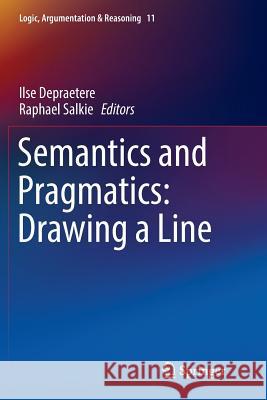Semantics and Pragmatics: Drawing a Line » książka
topmenu
Semantics and Pragmatics: Drawing a Line
ISBN-13: 9783319812335 / Angielski / Miękka / 2018 / 357 str.
Kategorie BISAC:
Wydawca:
Springer
Seria wydawnicza:
Język:
Angielski
ISBN-13:
9783319812335
Rok wydania:
2018
Wydanie:
Softcover Repri
Ilość stron:
357
Waga:
0.50 kg
Wymiary:
23.39 x 15.6 x 1.91
Oprawa:
Miękka
Wolumenów:
01











